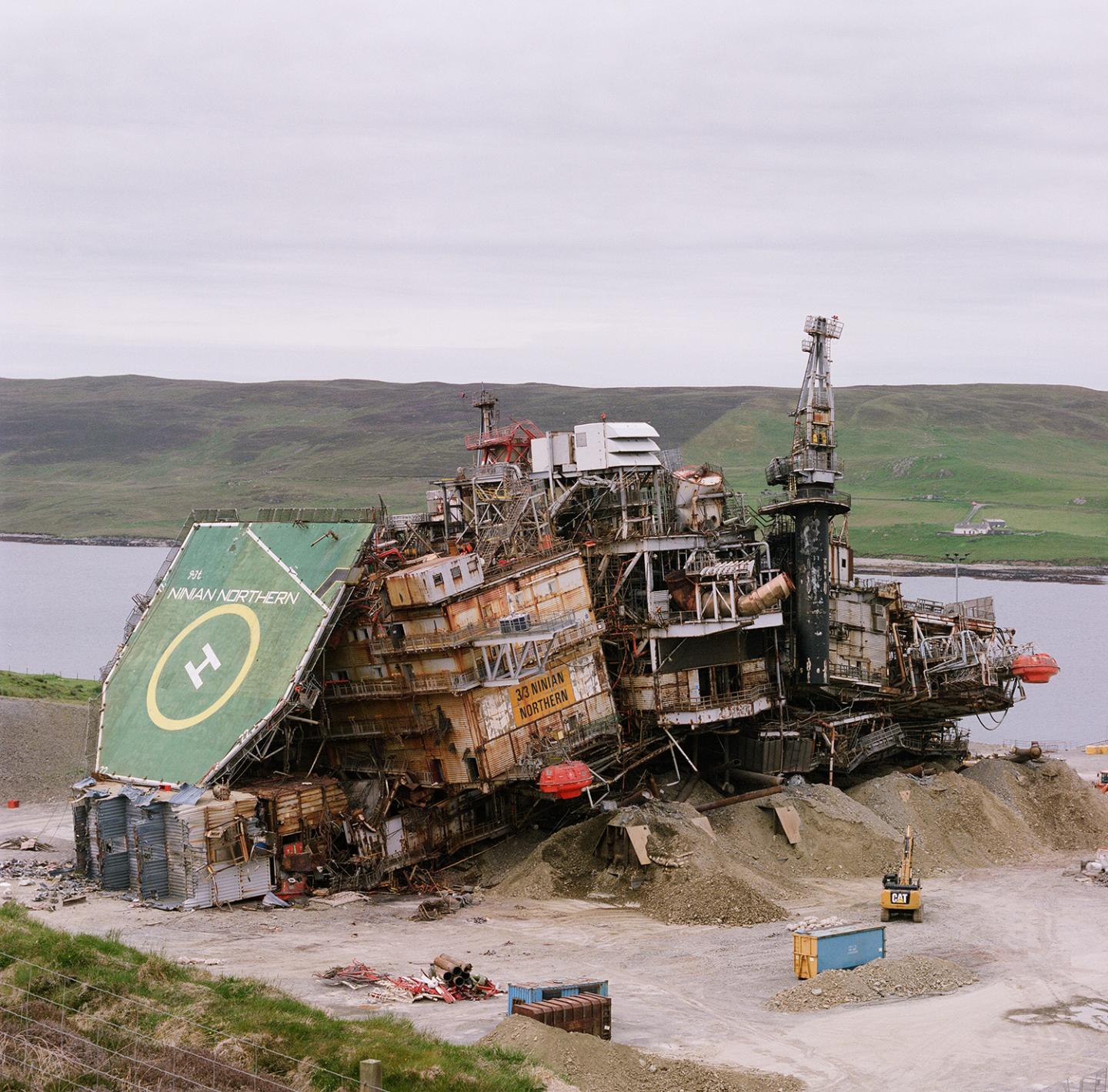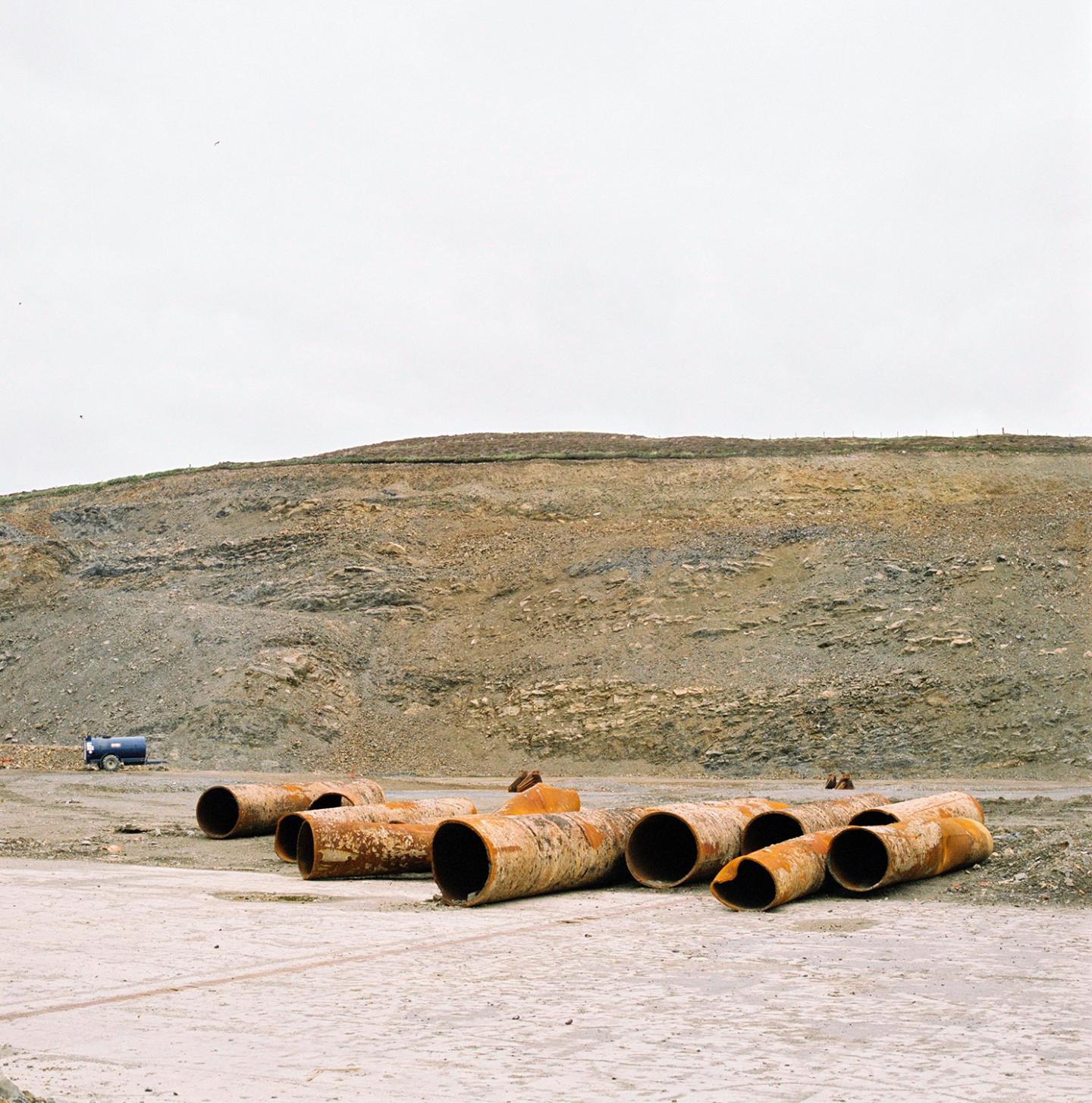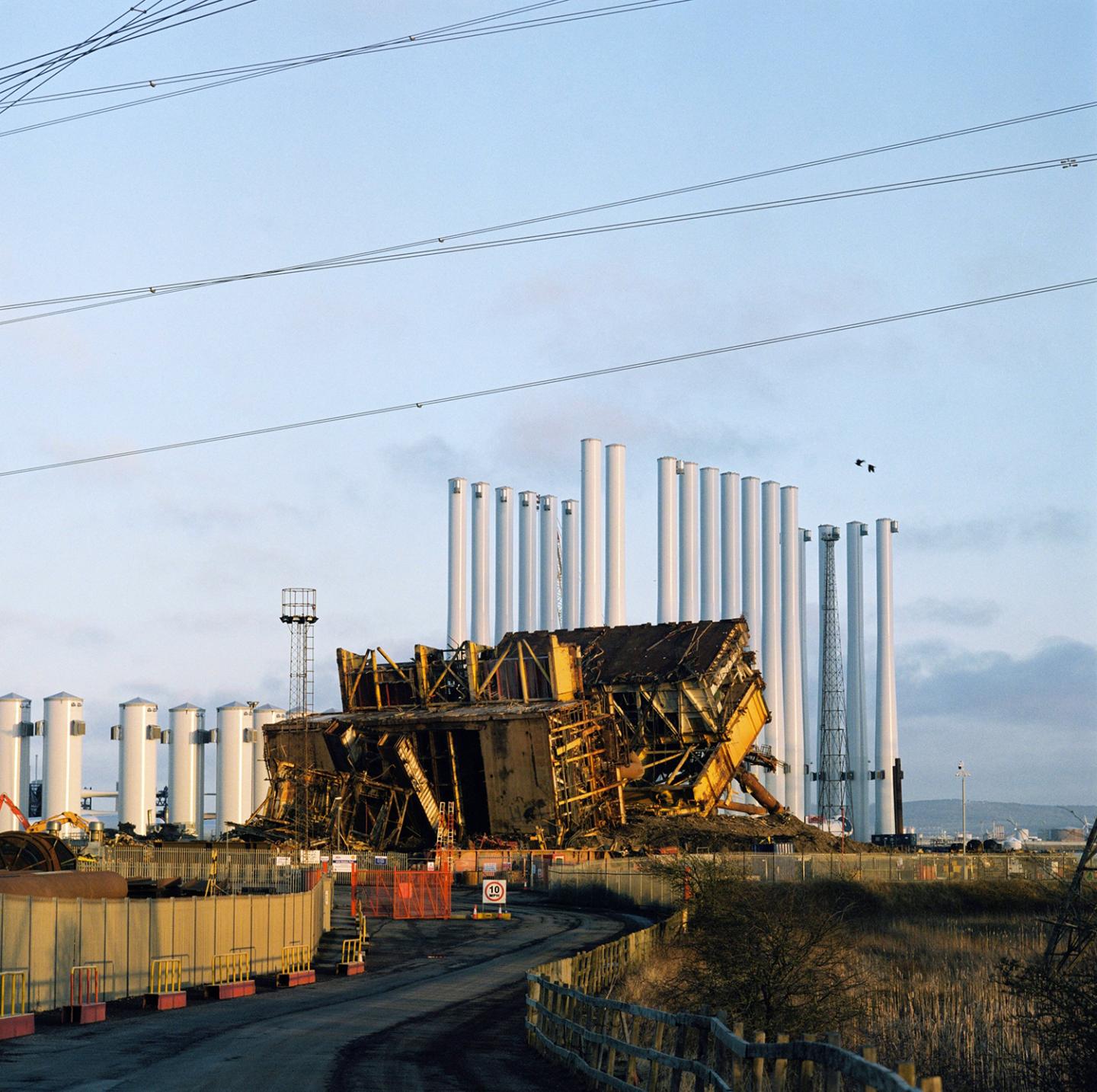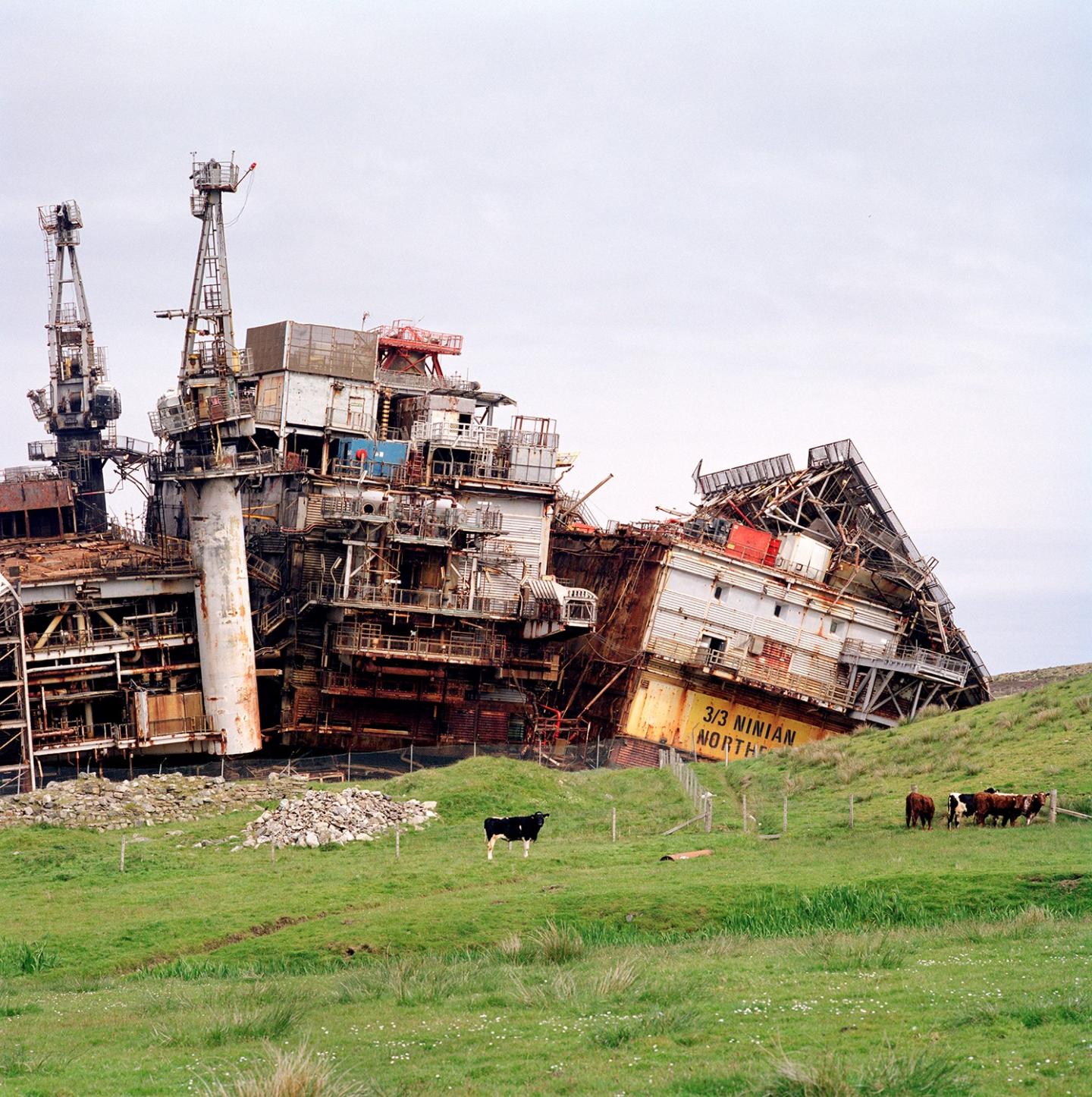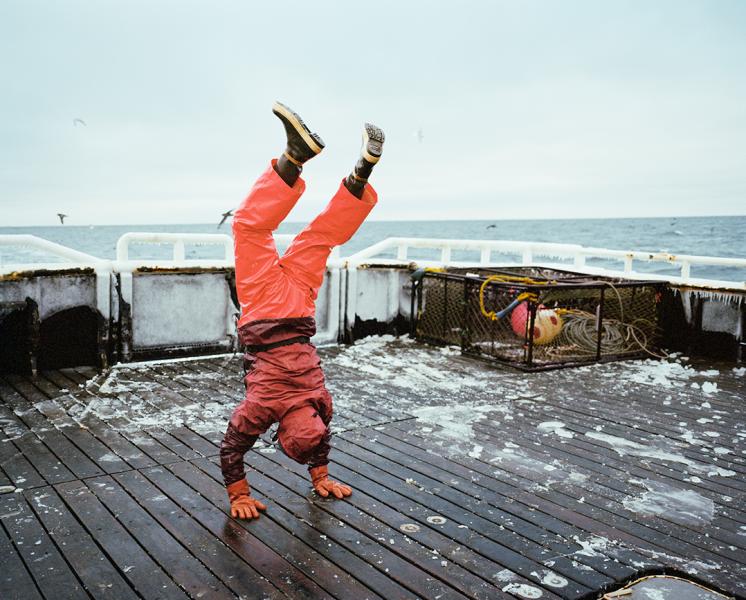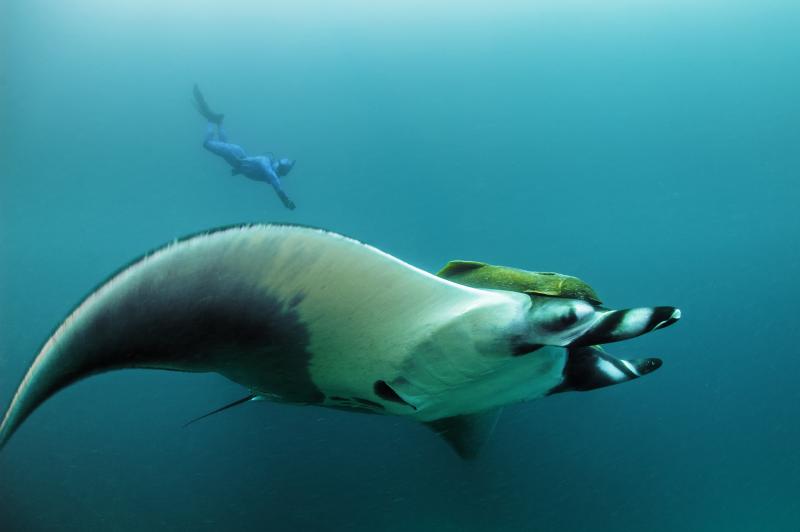
Peter Iain Campbell is a documentary photographer who, in order to capture life in the offshore oil and gas industry, specifically trained to work as a drilling rig worker in the North Sea.
Campbell's work reveals the human stories of people working in these challenging environments through evocative portraits and isolated shots of the oil rigs they call home.
He talks to Royal Museums Greenwich curator Laura Boon about his latest project, Their Helicopters No Longer Sing, which documents what happens when an oil rig reaches the end of its working life.
Laura Boon: What first sparked your interest in the oil industry?
Peter Iain Campbell: I had always been interested in heavy industry and the way in which photography was utilised to document aspects of industrialisation from the late 1850s onwards. Many of my own explorations tended to be an examination of deindustrialisation and what happens to these environments once you remove the machinery and workforce.
In 2013, I had a moment of clarity, a recognition that the oil industry (specifically the North Sea offshore installation) had not been fully and effectively documented before and fundamentally, it was our last remaining heavy industry.
I thought about the oil industry from the perspective of my own children – the transformative nature of how it has impacted on almost everyone’s everyday life, from the products we use to the influence it has had on shaping government policy, and of course the impact that the burning of fossil fuels has had on the environment and continues to do so.
The dystopian world of the offshore oil and gas installation has always been something of a mystery, and I imagined a time in the future when my kids had grown up and there were no longer drilling rigs or production platforms in the North Sea. This was one of the reasons I set about attempting to document this industry – to create a kind of time capsule in a way.
LB: Your previous work explored life on oil rigs and the supply boats, as featured in the Exposure: Lives at Sea exhibition. What inspired you to start taking photos of the decommissioning process?
PIC: I was hooked into documenting the oil rigs from the Platform Supply Vessels, and was working hard at making as many contacts as possible across the industry so that I could continue to photograph these installations. I was actually in the process of organising a trip onto one of the production platforms to extend the scope of the project when COVID hit and we went into lockdown.
COVID had prevented me from travelling offshore, and having already photographed the Brent Alpha Platform at sea, it made perfect sense to start covering this end of life stage for these structures. Able Yard in Teesside had been the first in the UK to have the infrastructure in place to start the dismantling of large-scale production platforms from the North Sea.
By 2020, they had already dismantled the Brent Delta & Bravo Platforms. That summer, they were about to receive the Brent Alpha Platform and I knew that this was an opportunity for me to start documenting this process. I also had a feeling that there would be something even more surreal and incongruous about seeing these platforms onshore as opposed to out at sea. Thankfully, I think that proved to be the case.
LB: What are the challenges of taking these photos?
PIC: Interestingly and frustratingly similar to the work I’ve produced offshore: geography and accessibility seem to have been the primary challenges.
Able Yard in Teesside is a good three and a half-hour drive from Glasgow, while the other key site in the UK where they’ve been carrying out the decommissioning and dismantling work has been at Dales Voe in the Shetland Islands. A 12-hour overnight ferry journey from Aberdeen essentially makes each trip a weekend commitment, but I recognise the significance of journey within the whole process of photography, and it’s something that I’ve just had to embrace within my own work.
Site access has been a lot more problematic. I had always felt that oil and gas operators were the trickiest people to win round and to garner support for the work I’ve been doing, but the contractors involved in the dismantling work have been so much more cautious, restrictive and even evasive at times, in terms of any proposed onsite access. I’ve had quite a few run-ins with site bosses and different strands of police branches while I’ve been shooting, but it’s all worked out without too many imperial entanglements! Thankfully, both sites have excellent vantage points for me to get the shots I’m looking for without me having to breach perimeters lines.
LB: How long does it take to recycle one of these structures? What happens to the materials afterwards?
PIC: The turnaround time for the dismantling of the production platforms seems to be approximately 9 to 20 months depending on the schedule of work planned.
For the first three to five months there may be little visible evidence of dismantling, but this is a critical time for the careful removal of any residual hazardous waste and even mildly radioactive materials, as well as various metals and minerals.
It’s worth remembering that these installations have been drilling, extracting and processing hydrocarbons from deep under the seabed for over 40 years, using an array of fluids and material mixes. Anything that is extracted from under the seabed tends to be hot, so sea water is piped onboard and used as a cooling agent, leading to a buildup of scaling.
Once the structures have been cleansed, the core dismantling can take place. There has been a promise made by the operators that 97-98% of the topsides are recycled. I’ve not followed the recycling trail yet, but I have witnessed convoys of articulated lorries, like worker bees, coming and going in quick succession to remove and transport a variety of both ferrous and non-ferrous metals from huge, dedicated piles, either on-site or from nearby scrap yards. I believe there’s significant value - several million pounds - in the recycling of these structures.
LB: In your opinion. how are the efforts to decarbonise impacting the oil industry?
PIC: This is a big question that merits a much more detailed response – more so than I’m able to provide here or qualified to do so!
In short, I believe that there are a number of factors that are simultaneously at play that are collectively contributing to the challenges that the oil industry is facing today. In the early 80s the UK government sold off the last remaining shares it had in BP (at one point the UK owned 69% of the company) and with it our stake in a nationalised oil company (BNOC) and an influence in what happens in our waters relating to the industry.
From that point onwards, we had no control over the level of extraction that took place in the North Sea. This was done at a rapid rate, far quicker than they had been doing over in the Norwegian sector. As a result, what we’ve seen over the last 10-15 years is a maturing of our production fields in a sector of the industry that’s also well known for being one of the most expensive to explore and extract. Hence the reason why some of the major operators are already well underway with decommissioning, or have divested their operations and sold off their assets to smaller energy companies or private equity firms.
So, the peak of oil and gas production in the UK North Sea is already consigned to our distant past. That’s a challenge, particularly when we’re at the point now where we’re importing more gas than we’re producing. How is our carbon footprint looking when we’re faced with an increase in costly imports, in a world that for the last 40 years has been built based on a fossil fuel infrastructure?
Added to that, there has been ever-increasing pressure on oil companies and governments, because of climate change, to move away from fossil fuel reliance to one that is focused more on renewable energy production - particularly offshore wind farms.
Of course, the oil industry has been pouring millions of pounds into studies on man-made carbon emissions and global warming since the 1980s, and so I’m fairly certain that what is happening to our environment today comes as no surprise to the industry or to governments.
Decarbonising programmes like carbon capture and storage make sense from a process perspective but are highly contentious based on the levels of carbon that are required to be removed from the atmosphere (hundreds of millions of tonnes) to offset the amount that is produced. There is little evidence that there will be the infrastructure in place across Europe within the next 10 years to facilitate this, and setting a ‘net zero’ target date of 2050 is regarded by many climate scientists as being just too late.
A positive in the last eight months has been the £700 million investment by oil and gas companies and other international consortia in the ScotWind offshore leasing round. Seventeen new sites around the Scottish sector of the North Sea, 60% of which are floating offshore wind projects, will hopefully go some way in starting to divert resources away from fossil fuels towards the long term development of this new market, with a manufacturing industry that can support a supply chain across the country in the years to come.
All images © Peter Iain Campbell. Follow him on Instagram @peteriaincampbell

![© Peter Iain Campbell / [Decommissioned] Brent Alpha Platform, Able UK Yard, Teesside {02.11.21}](/sites/default/files/styles/max_width_1440/public/2022-10/BrentAlphaPlatform021121%23001F.jpg?itok=4XLQGp-3)
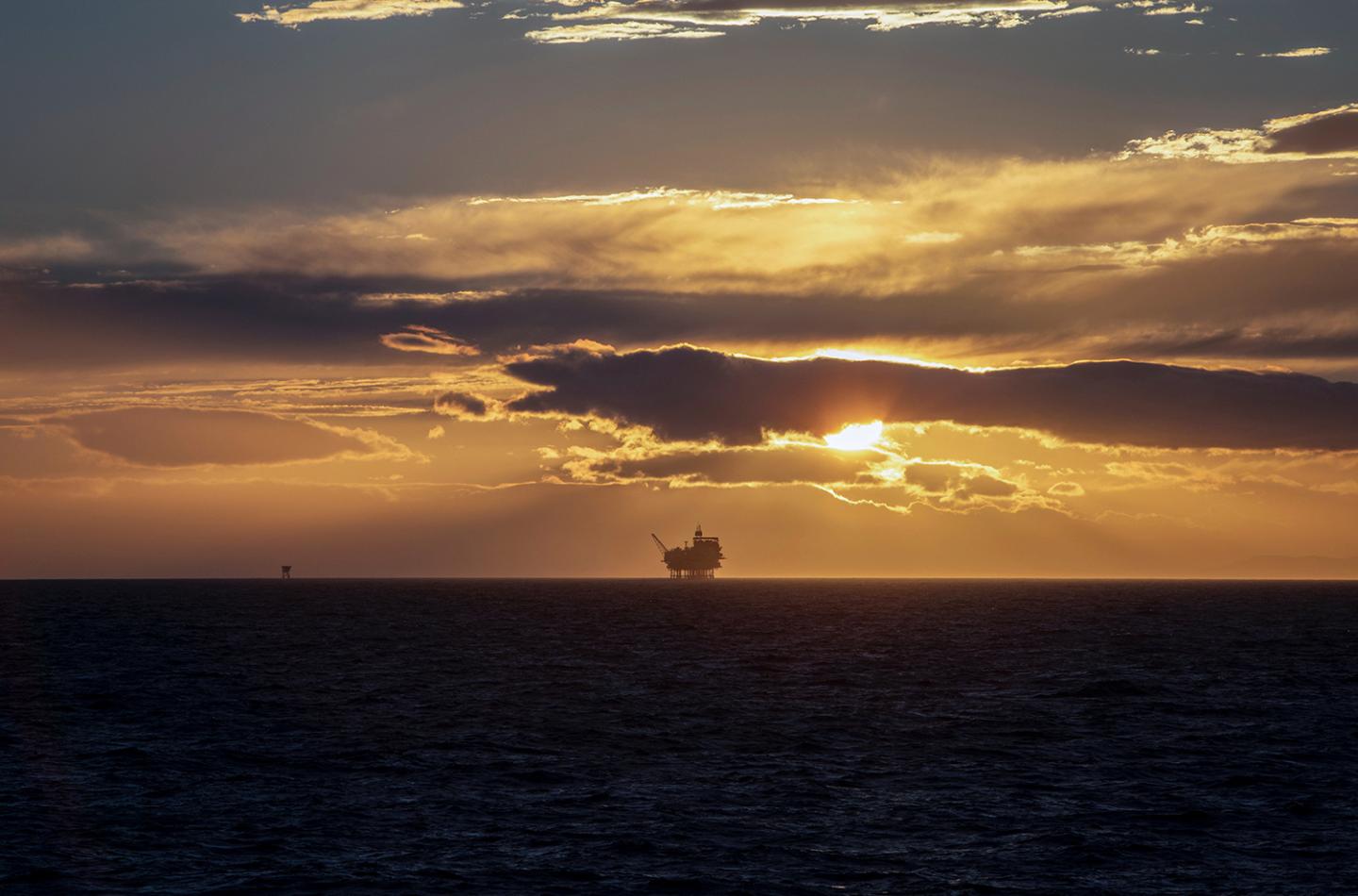
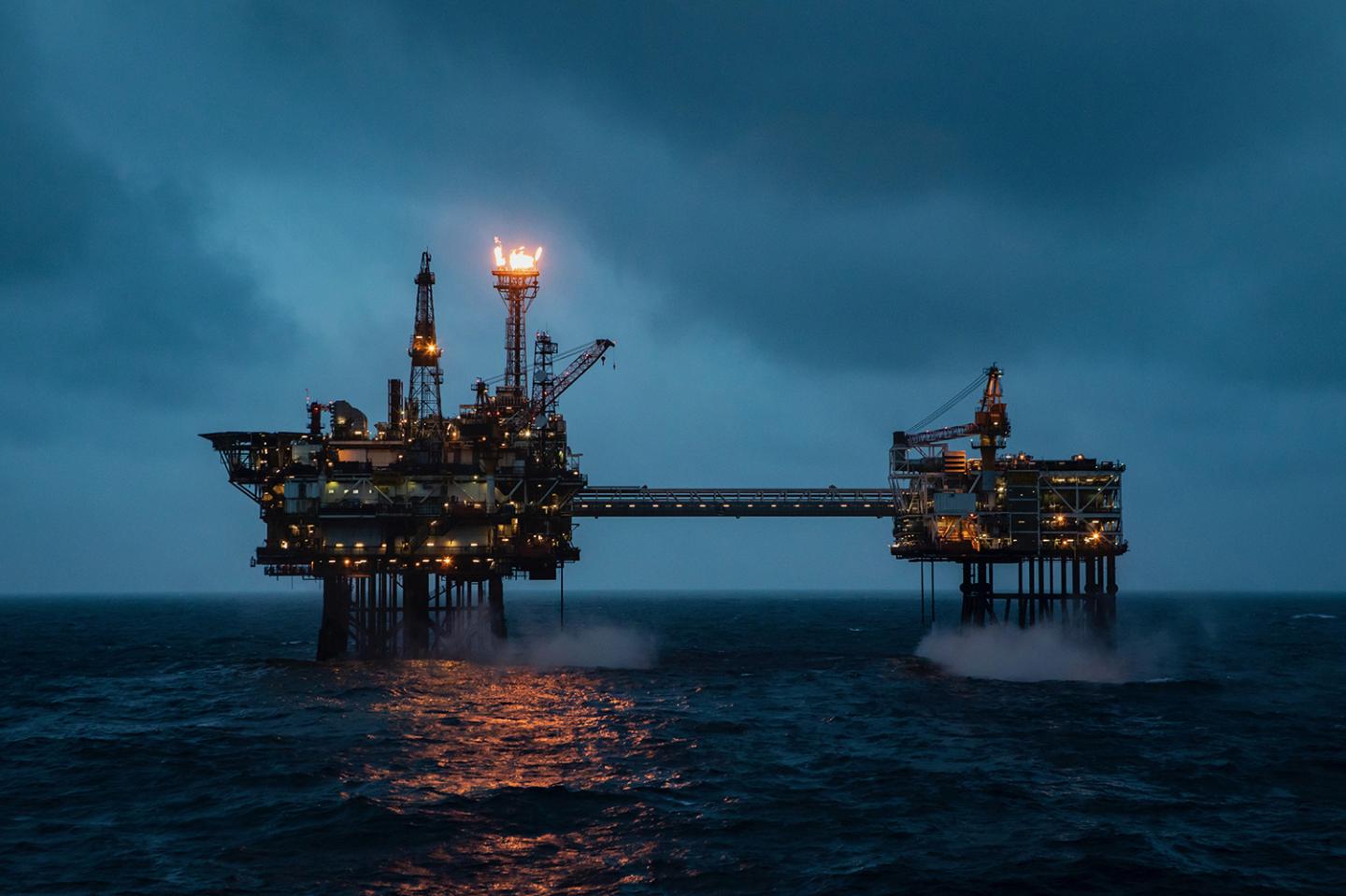
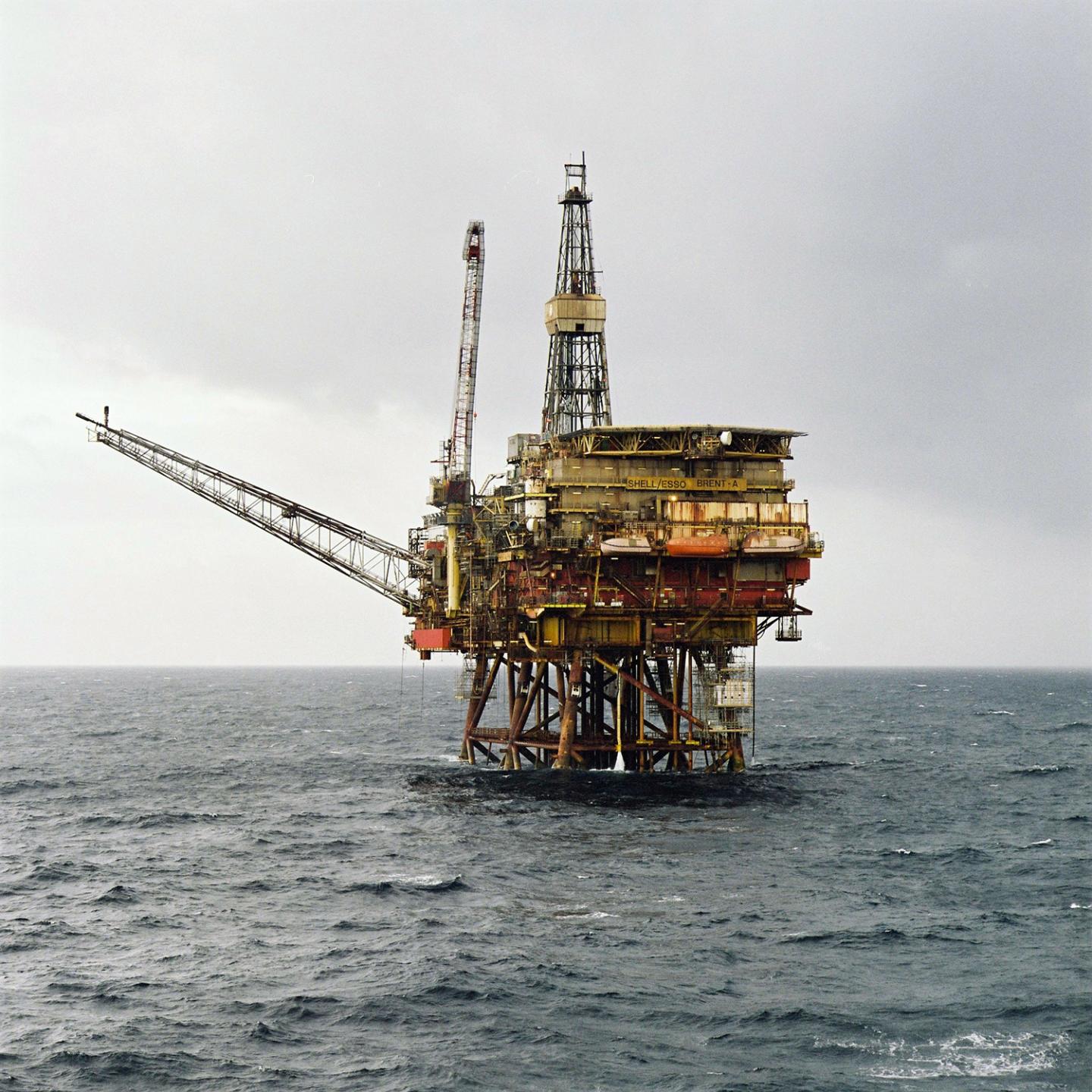
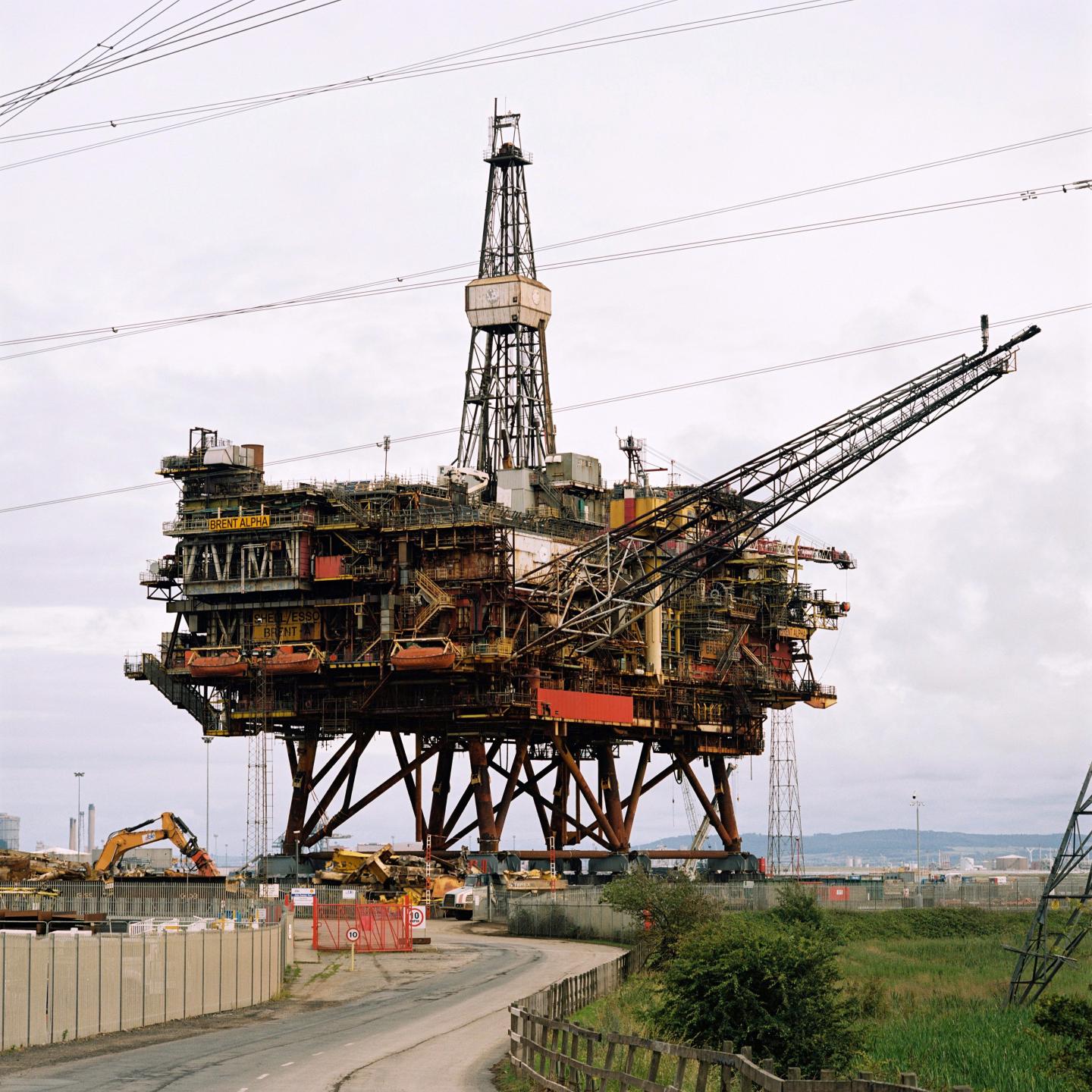
![© Peter Iain Campbell / [Decommissioned] Brent Alpha Platform sits behind the Thebaud Jacket, Able UK Yard, Teesside {14.10.20}](/sites/default/files/styles/max_width_1440/public/2022-10/Thebaud%20Jacket_Brent%20Alpha%20Platform-141020%23002_0.jpg?itok=UP6Gjw_0)
